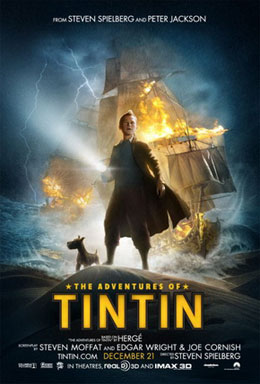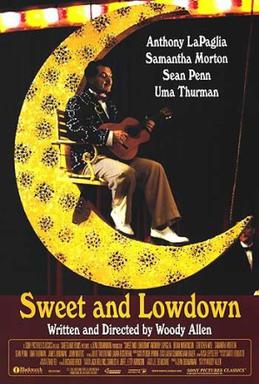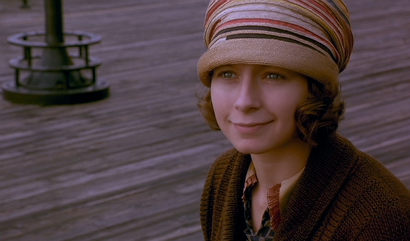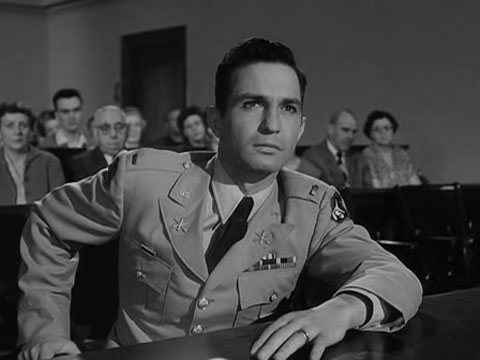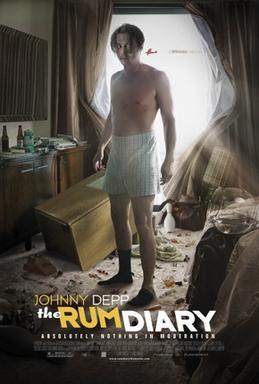The Adventures of Tintin is a comic that first appeared in a Belgian newspaper in 1929. Since then, the series evolved into 24 books, with publication dates ranging from 1929 to 1986, which have been translated in over 50 languages and have sold over 200 million copies worldwide. So it wouldn't be surprising if Spielberg felt a tiny bit of pressure when creating the first film adaptation of the story.
Spielberg and Peter Jackson signed on to co-produced three Tintin films, and used Jackson's company to provide the animation and special effects. The story they chose to start with was "The Secret of the Unicorn," which was published in two parts by Remi in 1942 and 1943.
The stories, and Spielberg's subsequent film, revolve around Tintin, a reporter who has a thirst for adventure. He is young, wide-eyed and brave, and never turns down an opportunity for a good story. His reporter-like curiosities in his vocation have led him on a myriad of adventures, and are the impetus for all of the Tintin tales. "The Secrets of the Unicorn" is no exception.
First and foremost, let's just say that the animation in Spielberg's The Adventures of Tintin is nothing short of stunning. There's no question that animation has evolved over the last decade, but never before has it looked more realistic than it does here. Naturally, the human beings still look clearly animated, but the scenery in the film, and the background props -- bookshelves, tables, lamps, etc. -- look genuinely real. Welta Studios, Jackson's company who created the animation, have also done the effects for other visually-stunning films, such as the three Lord of the Rings films, King Kong and Avatar. But this may be the best animation yet.
Anyway, the film wastes no time jumping into the action. We meet Tintin, who is voiced by Jamie Bell, accompanied by his faithful dog, Snowy. He is at an outdoor fair somewhere in Europe, and his eyes immediately become attracted to a model ship, called the Unicorn, that is being sold at a booth. Tintin makes the purchase, and immediately is confronted by a man named Ivan Sakharine (voiced by Daniel Craig), who wishes to buy the ship from Tintin for an outstanding price. Using his keen sense of intuition and adventure, Tintin refuses to sell it. He's immediately warned by Sakharine that the ship will only bring him trouble, but knowing Tintin, that only fuels his interest.
 |
| Haddock, Tintin and Snowy in The Adventures of Tintin |
Tintin's continued digging puts him right in the heart of the adventure. He teams up with a ship captain, named Haddock (voiced by Andy Serkis), who has his own motives towards the adventure, to discover what happened to the Unicorn on its fateful voyage many years ago.
The Adventures of Tintin is for the the young-at-heart, enthusiastic adventurists who have always dreamed of embarking on their own journeys to solve an epic mystery. I wouldn't necessarily say that Tintin is a a kids' movie, but there's no doubt that children are one of the target audiences, and therefore you must bear with the film a little when the action becomes a bit outlandish and unrealistic. When that happens, just absorb the amazing visuals that Spielberg and Jackson present to us. Also, the dialogue is funny and endearing enough to appeal to all ages.
Of course, as the plot thickens, mysteries will untangle , formidable foes will step in Tintin's way, and unexpected allies will come to his aid when he needs them most. That is what adventures are all about, and this story has them in spades.
 |
| Tintin holding a cartoon depiction of himself, as he is portrayed in Georges Remi's original comics |
Spielberg of course pays homage to the original writer, Georges Remi, who went by his pen name, Hergé. In the opening scene of the film, Tintin is being drawn by a cartoonist, who is meant to be the actual Georges Remi, and the resultant drawing is a depiction of the original cartoon Tintin. Additionally, other characters who were staples in Remi's popular books make appearances, like the incompetent detectives, Thomson and Thompson (voiced by Nick frost and Simon Pegg, respectively.)
With The Adventures of Tintin, you will see the world. You'll watch as Tintin and Snowy sail across oceans, walk through deserts, run through cities, and fly through the skies. From start to finish, the animation will amaze you, and Tintin's wide-eyed hopefulness will inspire you. No doubt, Georges Remi did indeed pick the ideal filmmaker to bring his timeless stories to life.
~ Review by Ddubbs

